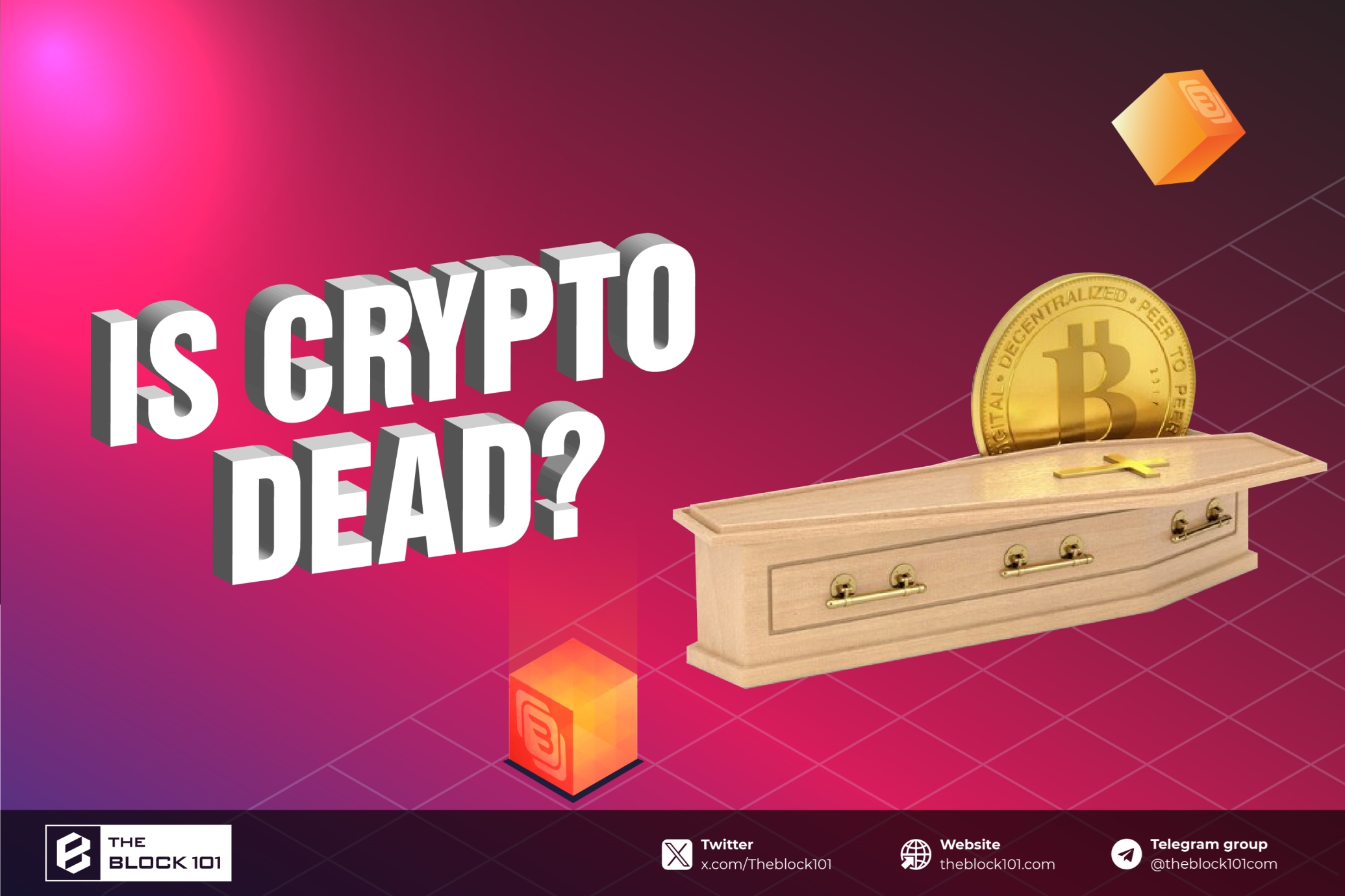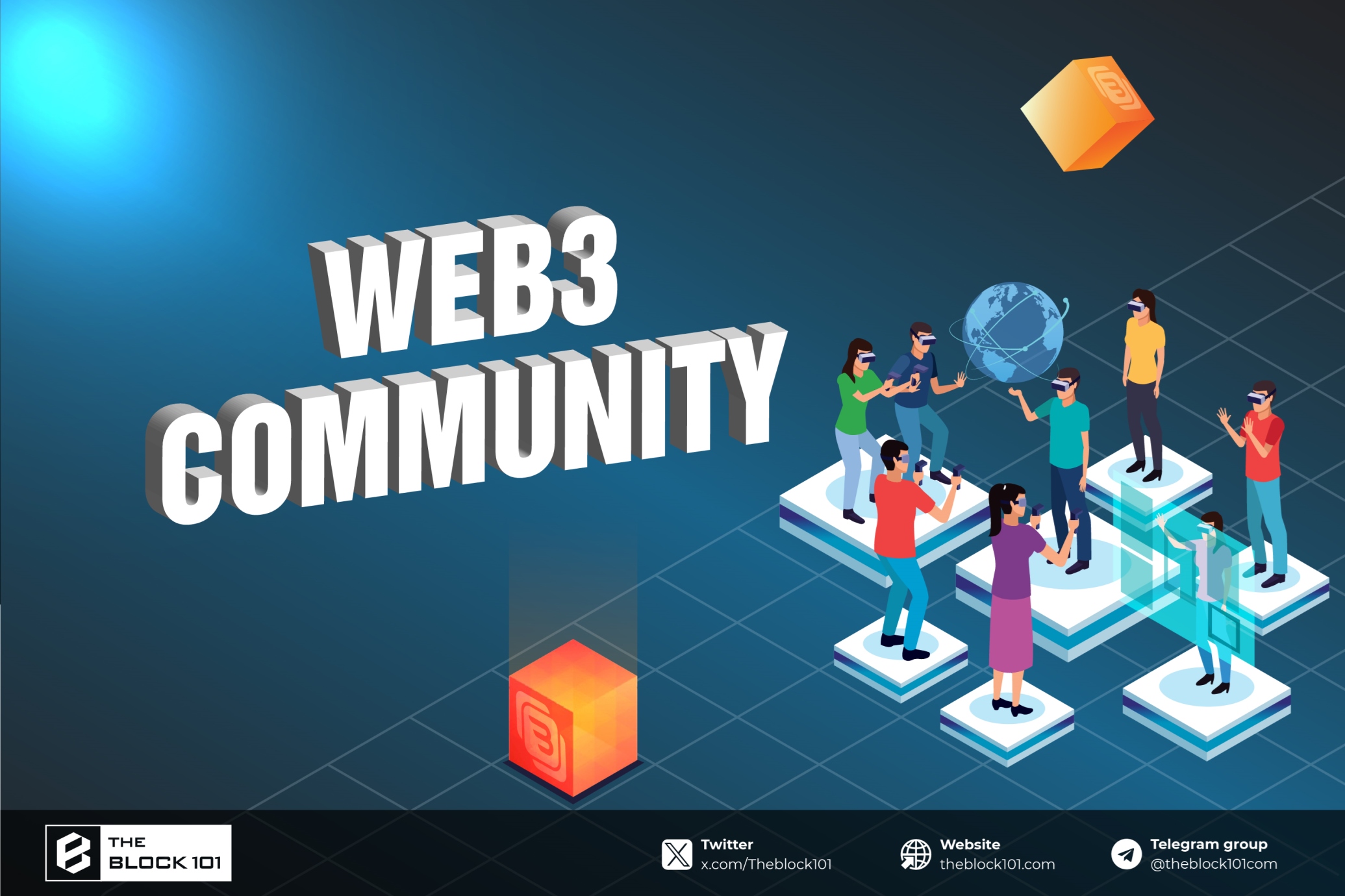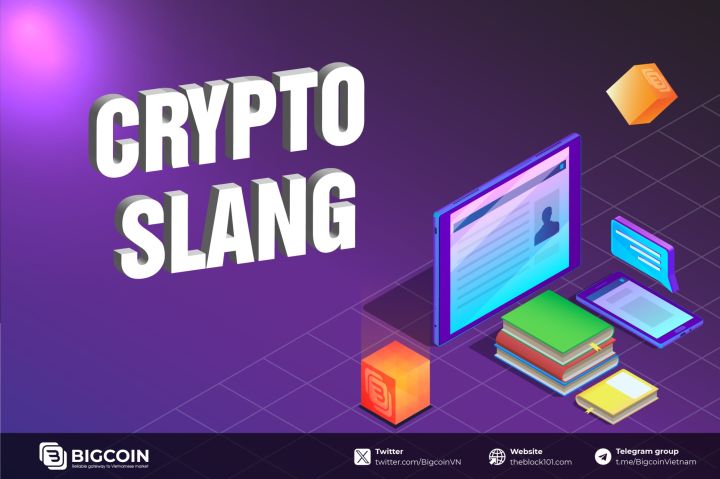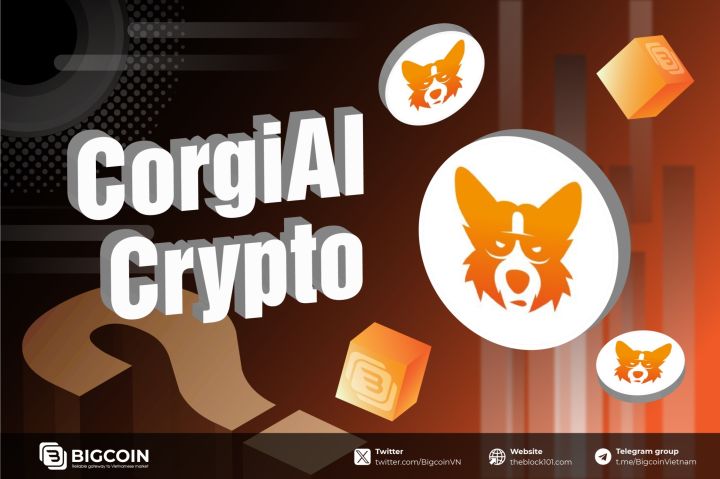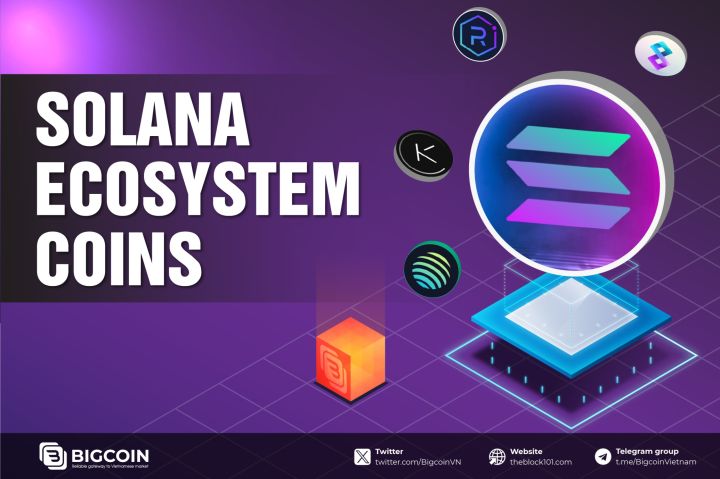1. What are Web3 Smart Contracts?
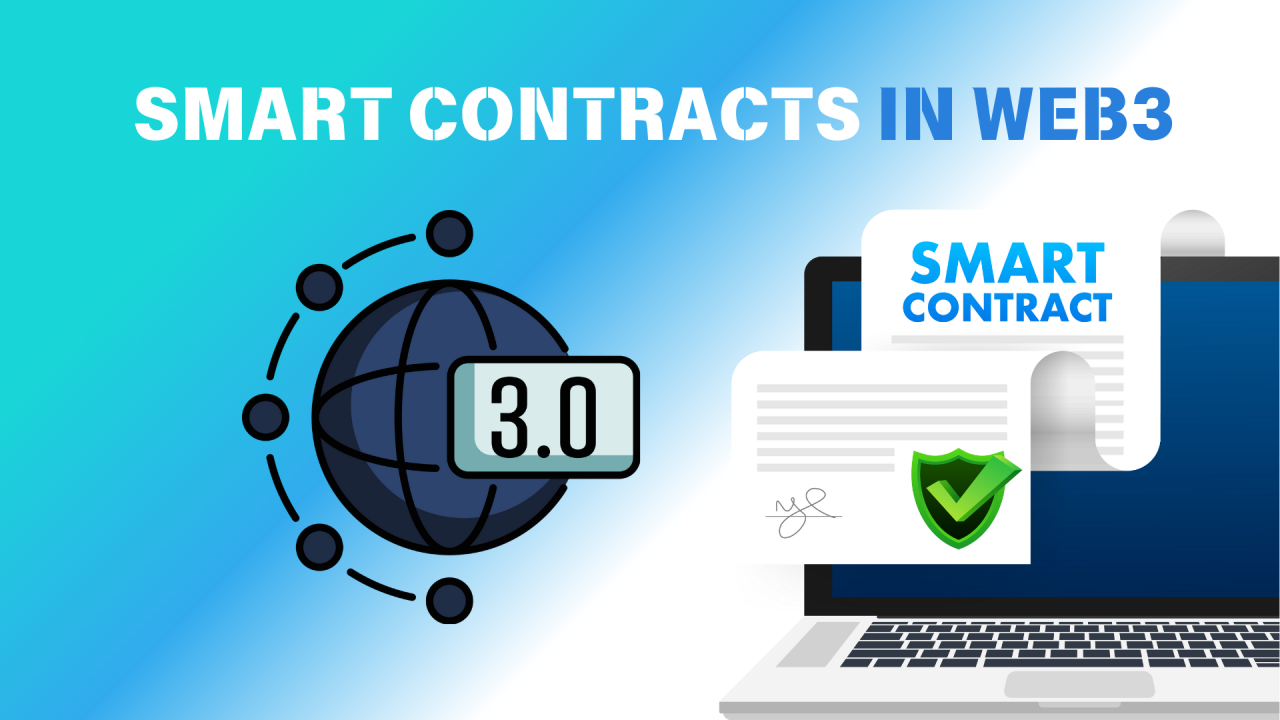
Smart contracts are programmable agreements stored on a blockchain that automatically execute predefined actions when specific conditions are met. Unlike traditional contracts that rely on paper, lawyers, and trusted third parties, smart contracts operate as code, running on decentralized networks like Ethereum, Solana, or Binance Smart Chain. Introduced by Nick Szabo in 1994 and brought to life with Ethereum in 2015, these contracts have become a cornerstone of Web3—a vision of the internet where users control their data and transactions without centralized gatekeepers. Imagine a vending machine: you insert money, and it delivers a snack without a cashier. Smart contracts work similarly, but with far greater complexity and versatility, enabling everything from financial trades to digital art ownership.
The power of smart contracts lies in their integration with blockchain, a tamper-proof ledger that records every action. Written in languages like Solidity or Rust, they are deployed to a blockchain network, where they remain immutable and accessible to all participants. This fusion of code and decentralization is what makes smart contracts a driving force in Web3, offering a trustless system where agreements are enforced by technology rather than human oversight.
2. How do Web3 smart contracts work?
.jpg)
The functionality of smart contracts in Web3 is both elegant and intricate, relying on blockchain’s distributed architecture. Developers begin by writing the contract’s logic in a programming language, such as Solidity for Ethereum-based networks. This code defines the rules—think of it as an "if this, then that" sequence. For instance, if a buyer sends 1 ETH to a seller, the smart contract might transfer ownership of a digital asset like an NFT to the buyer. Once written, the contract is compiled into bytecode and deployed to the blockchain, where it receives a unique address.
After deployment, the smart contract sits on the blockchain, waiting for triggering conditions. These conditions could be a payment, a timestamp, or data from an external source, like a weather feed provided by oracles such as Chainlink. When the conditions are met, the contract executes automatically, thanks to the blockchain’s nodes—computers that run the network and validate every step. On Ethereum, this execution happens within the Ethereum Virtual Machine (EVM), a decentralized runtime environment ensuring consistency across all nodes. Each action costs "gas," a fee paid in cryptocurrency to compensate the network for computational resources. This process eliminates manual intervention, making transactions faster, cheaper, and more reliable than traditional methods.
3. Applications of Smart Contracts in Web3
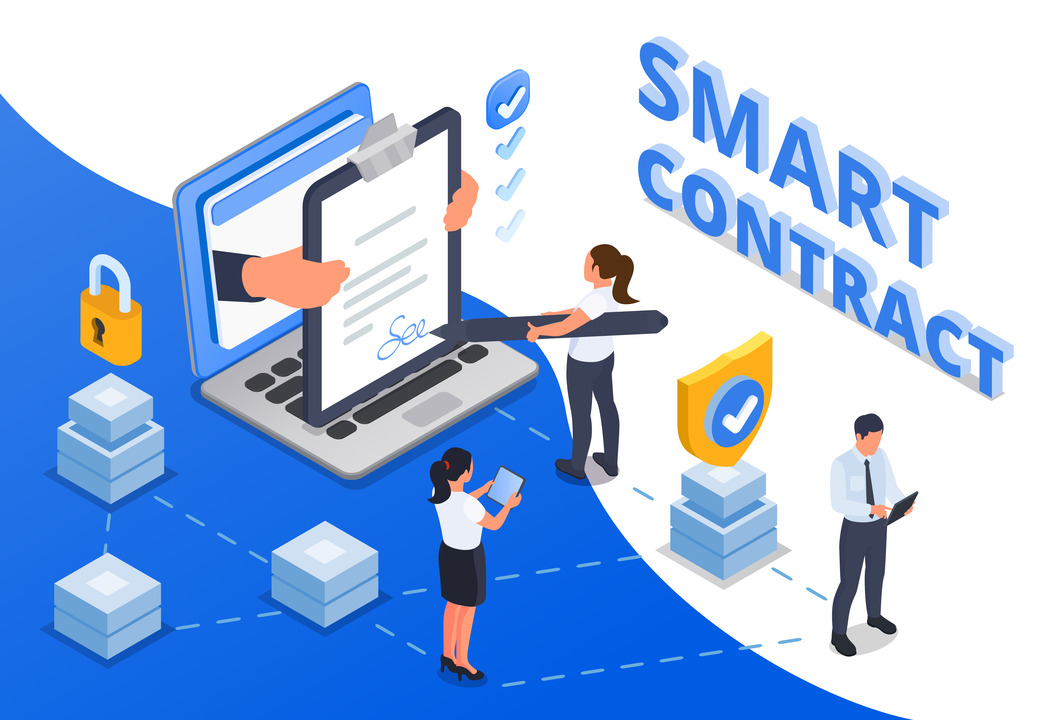
The versatility of smart contracts has unlocked a wide range of applications in the Web3 ecosystem, transforming how we handle transactions and interactions online. In decentralized finance (DeFi), platforms like Uniswap and Aave use smart contracts to facilitate lending, borrowing, and trading without banks. Users deposit cryptocurrency into a smart contract, which then distributes interest or executes trades based on coded rules, all without a central authority. This has democratized access to financial services, allowing anyone with an internet connection to participate.
Beyond finance, smart contracts power the booming world of non-fungible tokens (NFTs). Marketplaces like OpenSea rely on these contracts to manage the creation, sale, and transfer of unique digital assets, such as artwork or collectibles. When you buy an NFT, the smart contract verifies your payment and updates the blockchain to reflect your ownership—no gallery or auction house required. Similarly, in gaming and the metaverse, titles like Axie Infinity use smart contracts to govern in-game economies, letting players own and trade virtual pets or land as blockchain-based assets.
Smart contracts also shine in decentralized autonomous organizations (DAOs), where they replace traditional governance with code. A DAO’s members vote on proposals, and smart contracts execute decisions—like funding a project—automatically once the vote passes. Even in real-world industries like supply chain management, companies use smart contracts to track goods from factory to store, ensuring transparency and reducing fraud. These examples illustrate how smart contracts are weaving a new fabric for Web3, connecting digital and physical systems in innovative ways.
4. Benefits of Web3 Smart Contracts
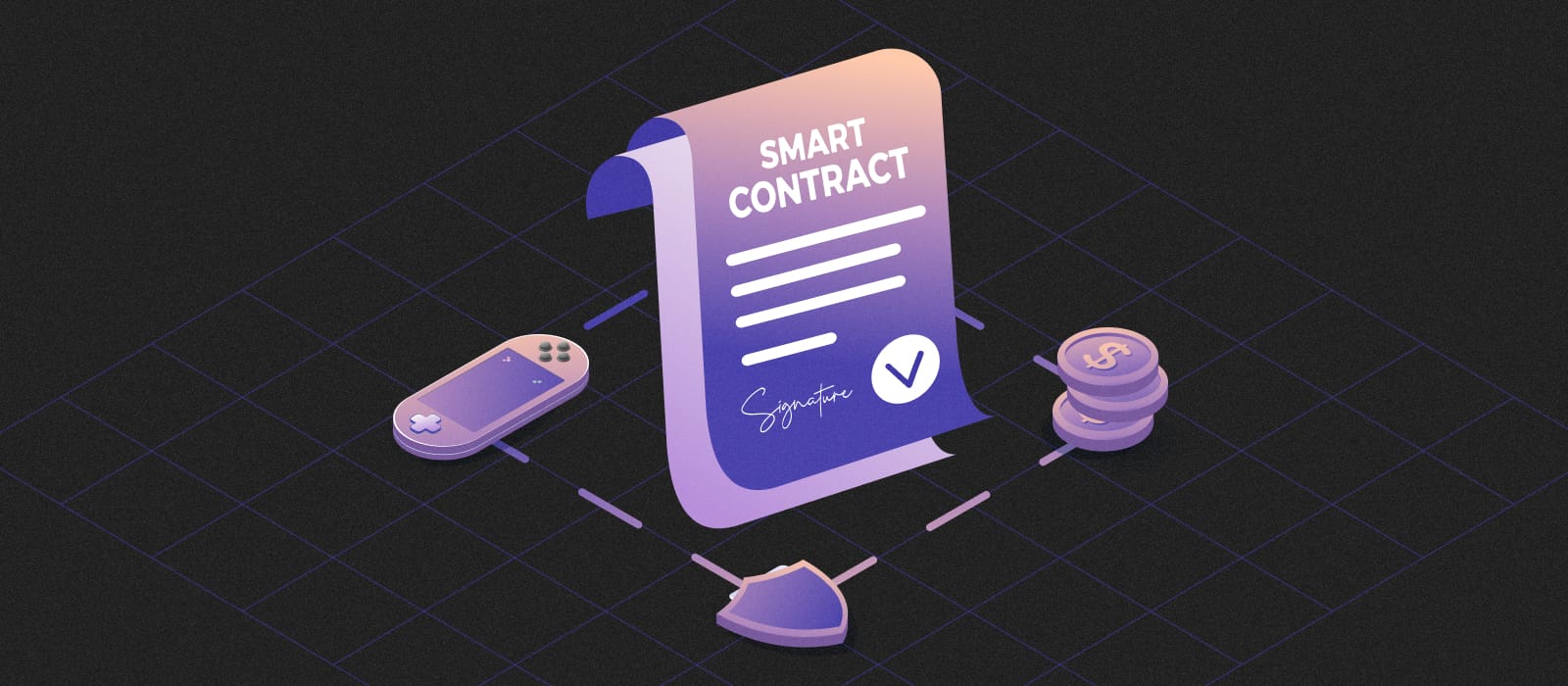
The appeal of smart contracts in Web3 stems from their ability to streamline processes and enhance trust in a digital world. Here are the key advantages they offer:
-
Cost Reduction: By eliminating intermediaries like brokers, banks, or notaries, smart contracts significantly lower transaction fees, making processes more affordable for businesses and individuals alike.
-
Transparency: Every condition and transaction is recorded on a public blockchain, openly accessible for verification, which fosters trust in a system where opacity is often a concern.
-
Automation: Smart contracts execute actions instantly when conditions are met, reducing human error and speeding up processes that might otherwise take days, such as bank settlements.
-
Security: Built on blockchain’s cryptographic framework, they are highly resistant to tampering, offering a level of protection that traditional systems struggle to match—provided the code is secure.
-
User Empowerment: In line with Web3’s philosophy, smart contracts give individuals direct control over their assets and agreements, bypassing centralized platforms that dictate terms.
This combination of savings, openness, efficiency, security, and autonomy positions smart contracts as a transformative tool, delivering value across diverse applications.
5. Challenges and Limitations of Smart Contracts
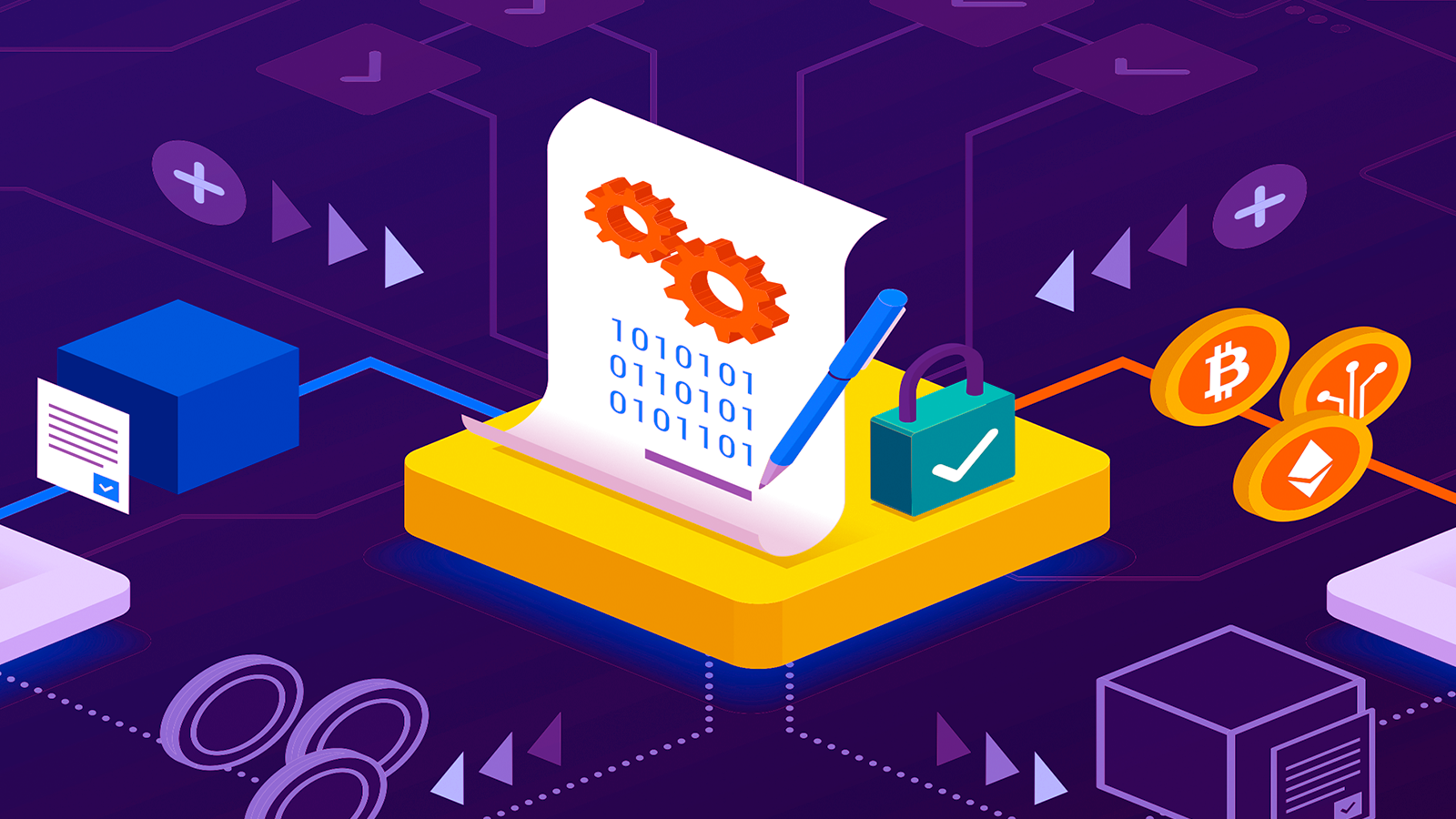
Despite their promise, smart contracts in Web3 face significant obstacles that must be addressed for widespread adoption. Here are the primary challenges:
-
Immutability Risks: Once deployed, smart contracts cannot be changed, meaning any coding errors—like those exploited in the 2016 DAO hack, which cost $50 million—are permanent and potentially devastating.
-
High Development Complexity: Writing secure smart contracts demands advanced programming skills, and even minor mistakes can lead to vulnerabilities, as seen in the Parity Wallet incident that locked away $150 million.
-
Costly Execution: On networks like Ethereum, gas fees for running smart contracts can soar during high demand, making simple operations prohibitively expensive for some users.
-
Legal Uncertainty: Most legal systems don’t recognize smart contracts as enforceable agreements, leaving disputes in a gray area without clear resolution mechanisms.
-
Security Vulnerabilities: While blockchain itself is robust, poorly designed contracts can fall prey to attacks like reentrancy, where hackers exploit loopholes to drain funds.
These hurdles underscore the need for improved tools, developer training, and regulatory clarity to ensure smart contracts can fully realize their potential in Web3.
6. The Future of Smart Contracts in Web3

Looking ahead, smart contracts are poised to evolve alongside Web3’s growth, driven by technological advancements and increasing adoption. Scalability solutions like Ethereum’s Layer 2 networks (e.g., Optimism and Arbitrum) are reducing gas fees and boosting transaction speeds, making smart contracts more practical for everyday use. Cross-chain interoperability, enabled by platforms like Polkadot and Chainlink, will allow contracts to operate across multiple blockchains, creating a more connected Web3 ecosystem.
Privacy enhancements, such as zero-knowledge proofs, could make smart contracts suitable for sensitive applications like healthcare or identity verification, where data confidentiality is critical. Meanwhile, the integration of artificial intelligence might enable smarter contracts that adapt to complex scenarios, far beyond simple "if/then" logic. As governments begin to regulate blockchain, smart contracts could gain legal standing, bridging the gap between digital and traditional systems. With these developments, smart contracts are set to become a foundational technology, not just for Web3, but for a decentralized future across industries.
Conclusion
Web3 smart contracts represent a seismic shift in how agreements are made and executed, offering a glimpse into a world where trust is coded, not assumed. From powering DeFi and NFTs to revolutionizing governance and supply chains, their applications are vast and growing. While challenges like security risks and high costs remain, ongoing innovations promise to address these hurdles, paving the way for broader adoption. As Web3 continues to redefine the internet, smart contracts will undoubtedly play a starring role, blending technology and autonomy to create a more transparent, efficient, and user-centric digital landscape.
Read more:

 English
English Tiếng Việt
Tiếng Việt.png)
